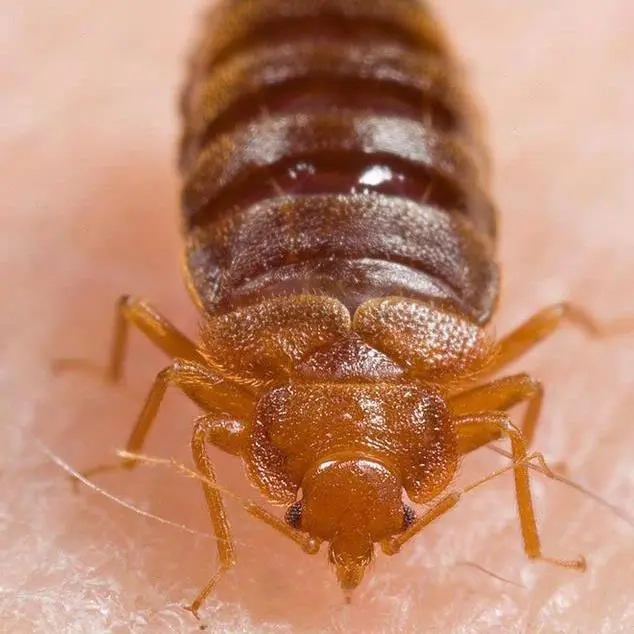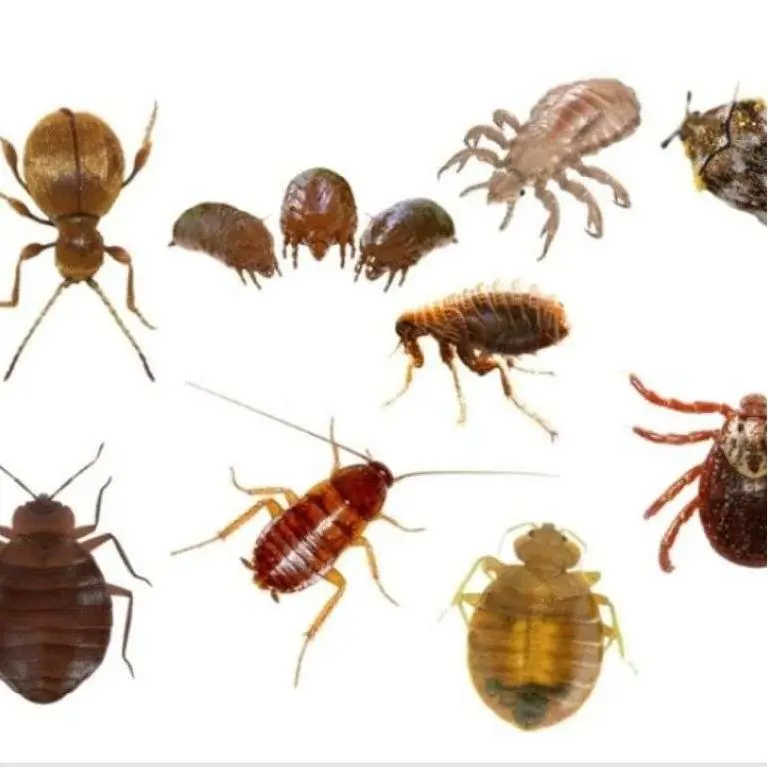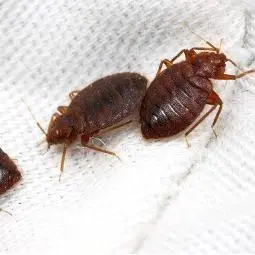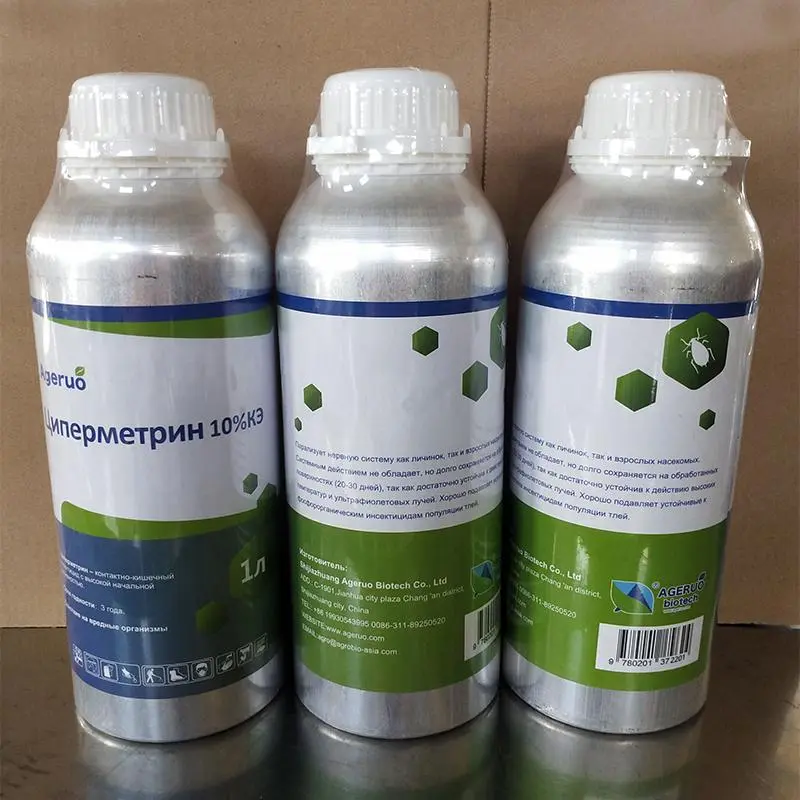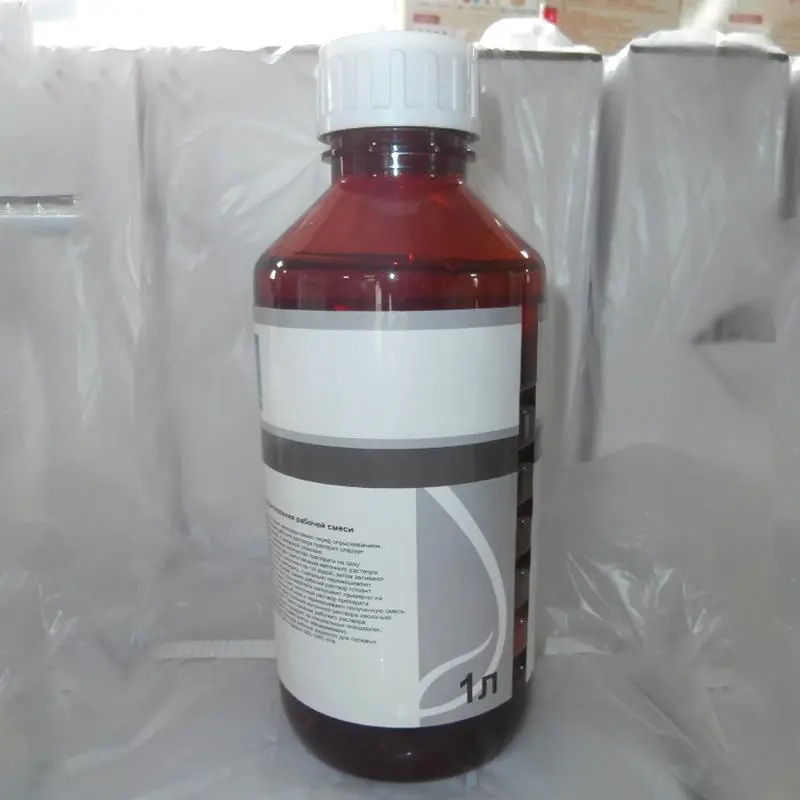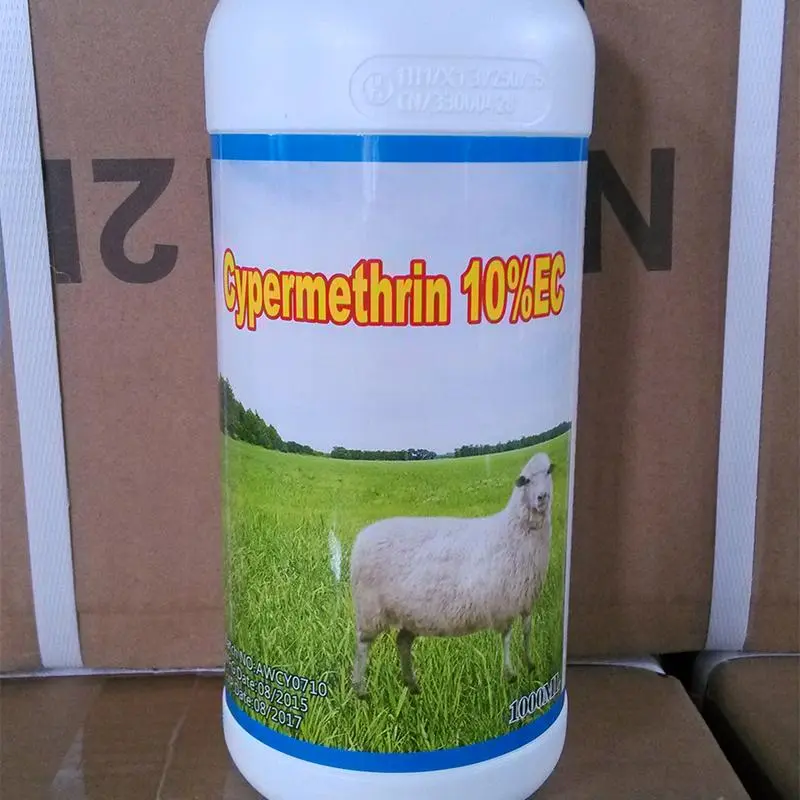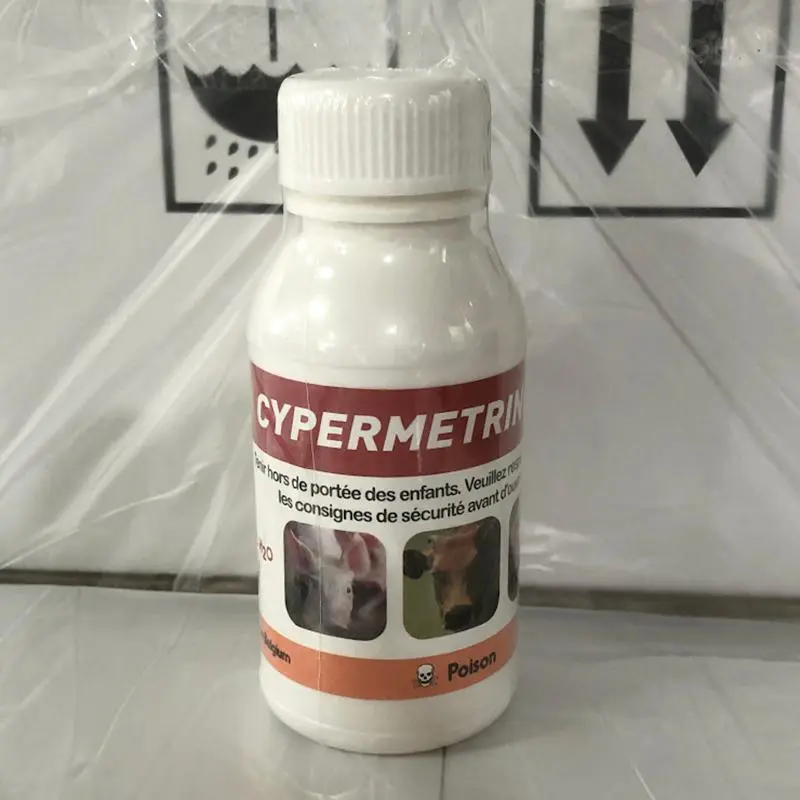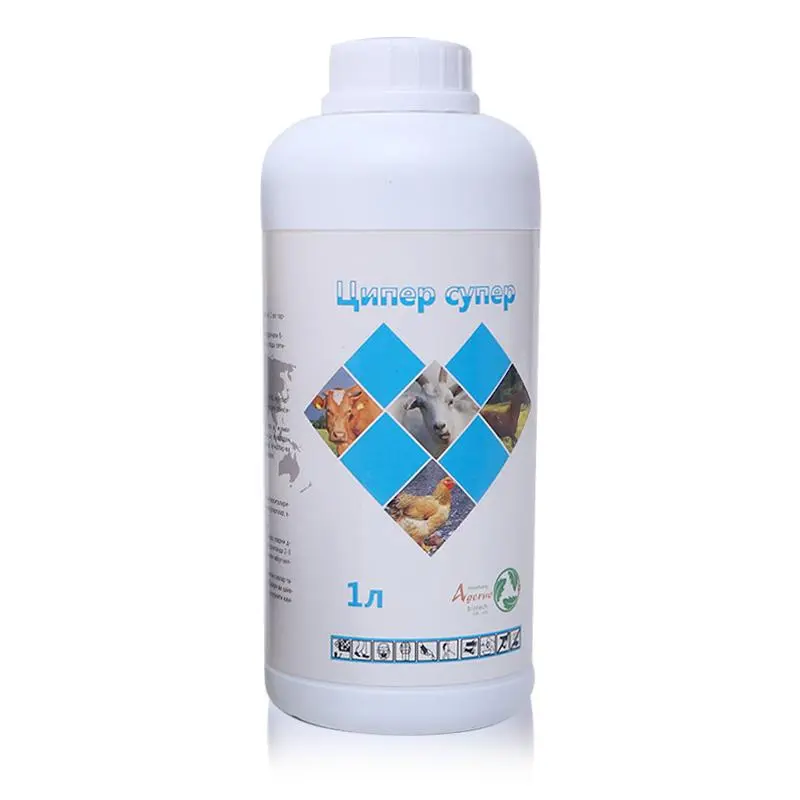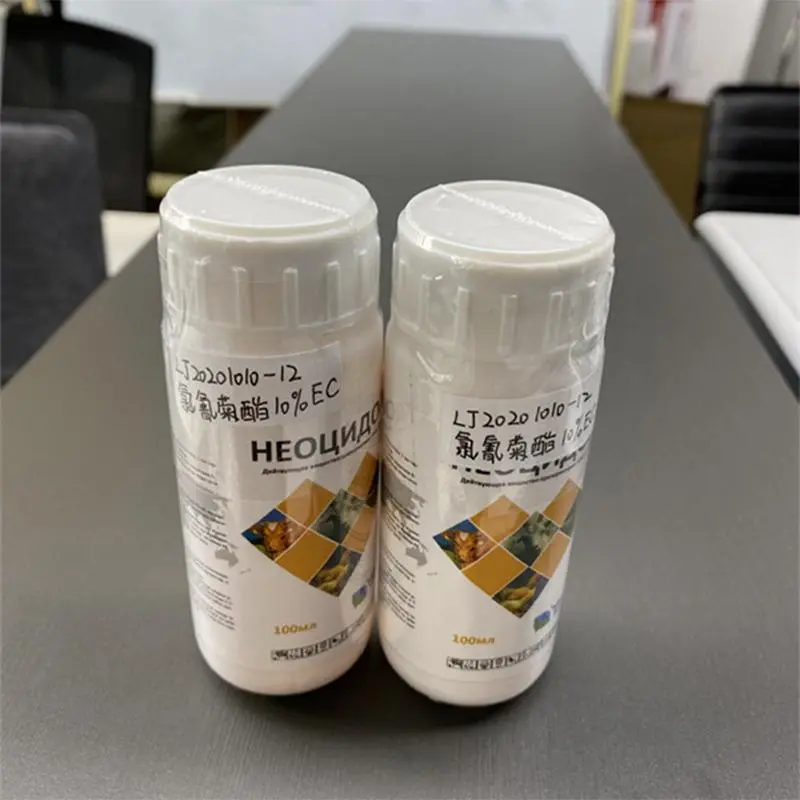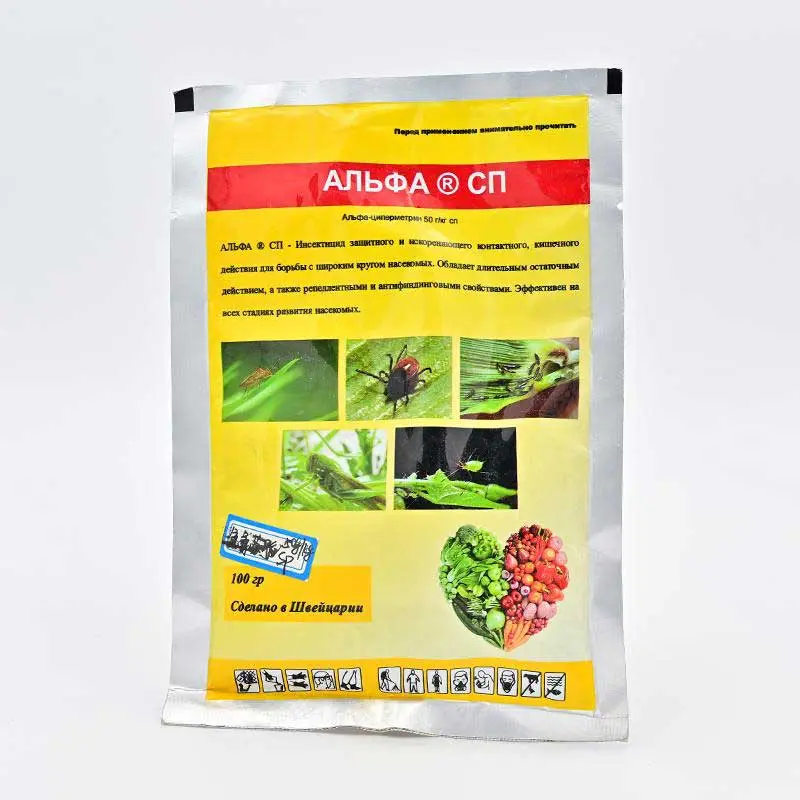Can Cypermethrin Kill Bed Bugs?
Understanding the Challenge of Bed Bug Control
If you are managing pest control operations in residential, commercial, or hospitality environments, you know that bed bugs (Cimex lectularius) present a persistent and costly challenge. These nocturnal blood-feeding insects hide in small cracks and reproduce rapidly, making them difficult to eliminate without targeted intervention.
To effectively manage infestations, selecting the right insecticide is essential. One widely used active ingredient in public health and household pest control is Cypermethrin. But how effective is Cypermethrin against bed bugs? And how should it be applied?
This article answers your questions by examining the efficacy, usage methods, safety, and alternatives when using Cypermethrin for bed bug control.
What Is Cypermethrin?
Cypermethrin is a synthetic pyrethroid insecticide that works by targeting the insect nervous system, disrupting sodium channels, and causing paralysis and death. It is part of the IRAC Group 3A, well-known for fast knockdown, low mammalian toxicity, and broad-spectrum insecticidal activity.
Key Characteristics:
- Chemical Class: Pyrethroid (Type II)
- Mode of Action: Sodium channel modulator (neurotoxic)
- Formulations: EC, SC, WP, aerosols
- Use Sites: Residential, commercial, food-handling areas, public health, agriculture
- Target Insects: Cockroaches, ants, mosquitoes, flies, termites—and bed bugs
Is Cypermethrin Effective Against Bed Bugs?
Yes, Cypermethrin can kill bed bugs, particularly through direct contact and residual exposure. However, there are some key considerations to understand:
Efficacy
- Initial Knockdown: Cypermethrin is known for rapid knockdown, which can quickly eliminate visible bed bugs on treated surfaces.
- Residual Effect: It provides residual control for up to several weeks, depending on surface type and formulation. Bed bugs walking across treated areas may be affected over time.
- Limitations: Some bed bug populations have developed resistance to pyrethroids, including Cypermethrin. This may result in reduced effectiveness if used as a stand-alone treatment.
Research Findings
- Studies have shown that Cypermethrin-based products can reduce bed bug numbers significantly in infested areas.
- However, pyrethroid resistance is increasingly reported in urban populations. For this reason, Cypermethrin is often used in combination with other actives, such as neonicotinoids or IGRs (insect growth regulators) for enhanced control.
Application Guidelines for Bed Bug Treatment
To use Cypermethrin-based products effectively against bed bugs, follow these best practices:
Where to Apply:
- Mattress seams and tufts (lightly)
- Bed frames and headboards
- Cracks in walls and floors
- Baseboards, corners, and behind furniture
- Electrical outlets and furniture joints
How to Apply:
- Apply as a spot treatment or crack-and-crevice spray, never over entire mattresses or surfaces where direct human contact occurs.
- Ensure complete coverage of harborages where bed bugs hide.
- Avoid over-application—bed bugs may avoid heavily sprayed surfaces due to pyrethroid repellency.
Safety Notes:
- Ensure good ventilation during application.
- Remove people and pets during treatment; allow time for the area to dry before reentry.
- Wear gloves and follow all PPE recommendations on the product label.
Limitations of Cypermethrin for Bed Bugs
While Cypermethrin kills bed bugs, its effectiveness depends on several factors:
- Insecticide Resistance: Pyrethroid resistance is well documented in bed bug populations globally. This reduces knockdown and long-term efficacy.
- Egg Mortality: Cypermethrin does not kill bed bug eggs, requiring follow-up applications or additional products.
- Hidden Bugs: Bed bugs hiding in deep crevices or behind walls may avoid contact with the insecticide.
- Repellency: Pyrethroids can cause bed bugs to scatter or hide deeper, complicating control.
Alternatives and Complementary Insecticides
To improve success rates, many pest control professionals combine Cypermethrin with other active ingredients:
| Active Ingredient | Mode of Action | Role in Bed Bug Control |
|---|---|---|
| Imidacloprid | Neonicotinoid | Kills resistant strains, works by ingestion |
| Pyriproxyfen | IGR | Disrupts growth and reproduction |
| Chlorfenapyr | Cellular respiration inhibitor (13) | Slow-acting, excellent for resistant strains |
| Thiamethoxam | Neonicotinoid | Strong residual + ingestion/contact control |
| Silica Gel Dust | Desiccant | Kills by dehydrating; no resistance reported |
Conclusion: Should You Use Cypermethrin for Bed Bugs?
Cypermethrin is a useful tool for bed bug control when applied properly and as part of a comprehensive Integrated Pest Management (IPM) strategy. It provides fast knockdown, moderate residual control, and is cost-effective for large-scale treatments.
However, due to increasing pyrethroid resistance, we recommend combining Cypermethrin with:
- IGRs to control eggs and nymphs,
- non-pyrethroid actives to manage resistance,
- physical methods (steaming, vacuuming, encasements) to ensure thorough control.
If you are a pest control service provider or product distributor, including Cypermethrin-based formulations in your product line can meet a wide range of market needs, especially in combination kits or ready-to-use sprays.
Partner with Us for High-Performance Insecticides
At POMAIS, we offer high-quality Cypermethrin-based insecticides tailored for professional use:
- Formulations available: 10% EC, 25% EC, 5% SC, and WP
- OEM/ODM services with custom labeling and bottle design
- Free samples and technical support
- Registration documentation support for global markets
Contact us today to request a product quotation, sample, or learn how we can support your pest control brand or distribution business.
Understanding the Challenge of Bed Bug Control
If you are managing pest control operations in residential, commercial, or hospitality environments, you know that bed bugs (Cimex lectularius) present a persistent and costly challenge. These nocturnal blood-feeding insects hide in small cracks and reproduce rapidly, making them difficult to eliminate without targeted intervention.
To effectively manage infestations, selecting the right insecticide is essential. One widely used active ingredient in public health and household pest control is Cypermethrin. But how effective is Cypermethrin against bed bugs? And how should it be applied?
This article answers your questions by examining the efficacy, usage methods, safety, and alternatives when using Cypermethrin for bed bug control.
What Is Cypermethrin?
Cypermethrin is a synthetic pyrethroid insecticide that works by targeting the insect nervous system, disrupting sodium channels, and causing paralysis and death. It is part of the IRAC Group 3A, well-known for fast knockdown, low mammalian toxicity, and broad-spectrum insecticidal activity.
Key Characteristics:
- Chemical Class: Pyrethroid (Type II)
- Mode of Action: Sodium channel modulator (neurotoxic)
- Formulations: EC, SC, WP, aerosols
- Use Sites: Residential, commercial, food-handling areas, public health, agriculture
- Target Insects: Cockroaches, ants, mosquitoes, flies, termites—and bed bugs
Is Cypermethrin Effective Against Bed Bugs?
Yes, Cypermethrin can kill bed bugs, particularly through direct contact and residual exposure. However, there are some key considerations to understand:
Efficacy
- Initial Knockdown: Cypermethrin is known for rapid knockdown, which can quickly eliminate visible bed bugs on treated surfaces.
- Residual Effect: It provides residual control for up to several weeks, depending on surface type and formulation. Bed bugs walking across treated areas may be affected over time.
- Limitations: Some bed bug populations have developed resistance to pyrethroids, including Cypermethrin. This may result in reduced effectiveness if used as a stand-alone treatment.
Research Findings
- Studies have shown that Cypermethrin-based products can reduce bed bug numbers significantly in infested areas.
- However, pyrethroid resistance is increasingly reported in urban populations. For this reason, Cypermethrin is often used in combination with other actives, such as neonicotinoids or IGRs (insect growth regulators) for enhanced control.
Application Guidelines for Bed Bug Treatment
To use Cypermethrin-based products effectively against bed bugs, follow these best practices:
Where to Apply:
- Mattress seams and tufts (lightly)
- Bed frames and headboards
- Cracks in walls and floors
- Baseboards, corners, and behind furniture
- Electrical outlets and furniture joints
How to Apply:
- Apply as a spot treatment or crack-and-crevice spray, never over entire mattresses or surfaces where direct human contact occurs.
- Ensure complete coverage of harborages where bed bugs hide.
- Avoid over-application—bed bugs may avoid heavily sprayed surfaces due to pyrethroid repellency.
Safety Notes:
- Ensure good ventilation during application.
- Remove people and pets during treatment; allow time for the area to dry before reentry.
- Wear gloves and follow all PPE recommendations on the product label.
Limitations of Cypermethrin for Bed Bugs
While Cypermethrin kills bed bugs, its effectiveness depends on several factors:
- Insecticide Resistance: Pyrethroid resistance is well documented in bed bug populations globally. This reduces knockdown and long-term efficacy.
- Egg Mortality: Cypermethrin does not kill bed bug eggs, requiring follow-up applications or additional products.
- Hidden Bugs: Bed bugs hiding in deep crevices or behind walls may avoid contact with the insecticide.
- Repellency: Pyrethroids can cause bed bugs to scatter or hide deeper, complicating control.
Alternatives and Complementary Insecticides
To improve success rates, many pest control professionals combine Cypermethrin with other active ingredients:
| Active Ingredient | Mode of Action | Role in Bed Bug Control |
|---|---|---|
| Imidacloprid | Neonicotinoid | Kills resistant strains, works by ingestion |
| Pyriproxyfen | IGR | Disrupts growth and reproduction |
| Chlorfenapyr | Cellular respiration inhibitor (13) | Slow-acting, excellent for resistant strains |
| Thiamethoxam | Neonicotinoid | Strong residual + ingestion/contact control |
| Silica Gel Dust | Desiccant | Kills by dehydrating; no resistance reported |
Conclusion: Should You Use Cypermethrin for Bed Bugs?
Cypermethrin is a useful tool for bed bug control when applied properly and as part of a comprehensive Integrated Pest Management (IPM) strategy. It provides fast knockdown, moderate residual control, and is cost-effective for large-scale treatments.
However, due to increasing pyrethroid resistance, we recommend combining Cypermethrin with:
- IGRs to control eggs and nymphs,
- non-pyrethroid actives to manage resistance,
- physical methods (steaming, vacuuming, encasements) to ensure thorough control.
If you are a pest control service provider or product distributor, including Cypermethrin-based formulations in your product line can meet a wide range of market needs, especially in combination kits or ready-to-use sprays.
Partner with Us for High-Performance Insecticides
At POMAIS, we offer high-quality Cypermethrin-based insecticides tailored for professional use:
- Formulations available: 10% EC, 25% EC, 5% SC, and WP
- OEM/ODM services with custom labeling and bottle design
- Free samples and technical support
- Registration documentation support for global markets
Contact us today to request a product quotation, sample, or learn how we can support your pest control brand or distribution business.

